


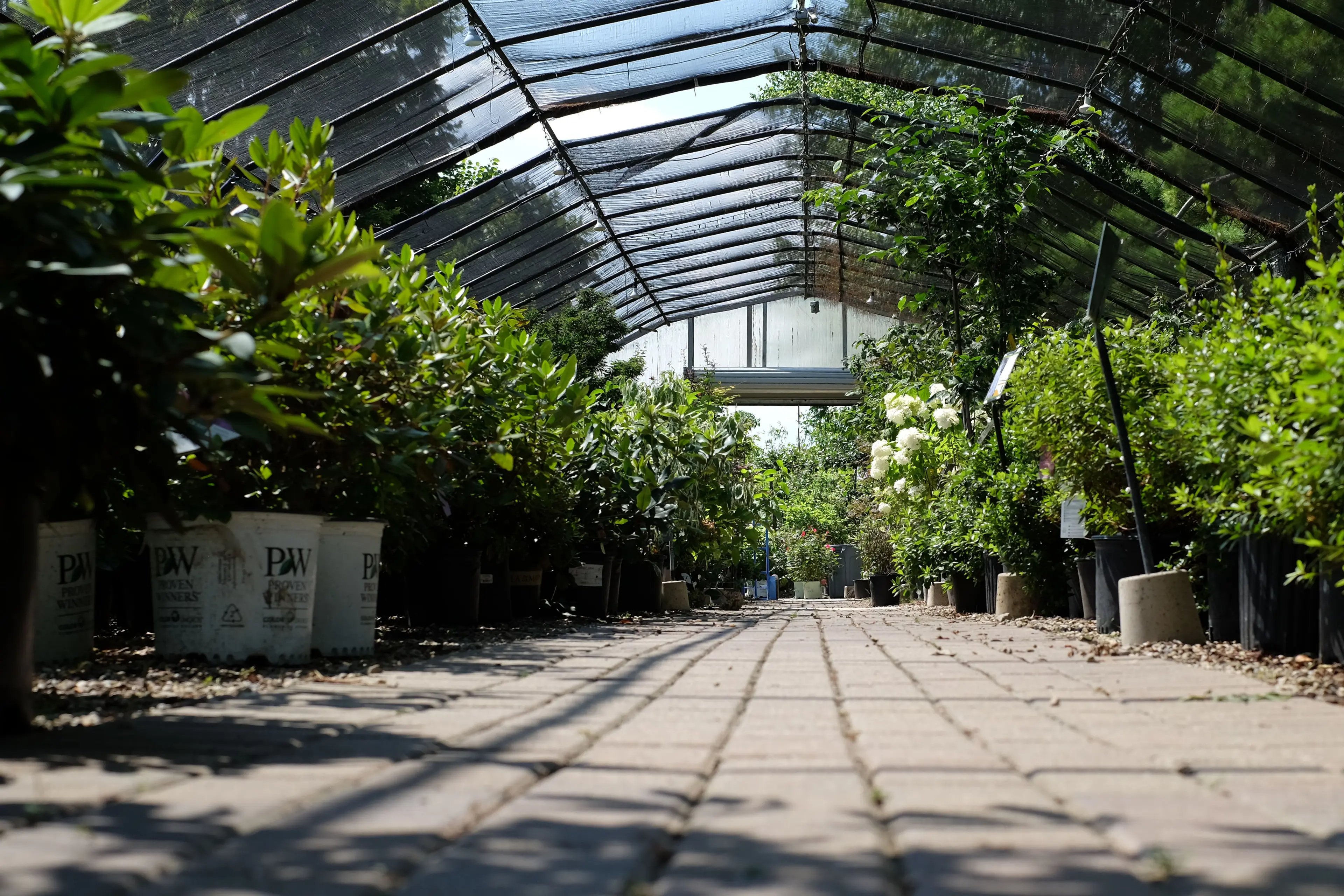
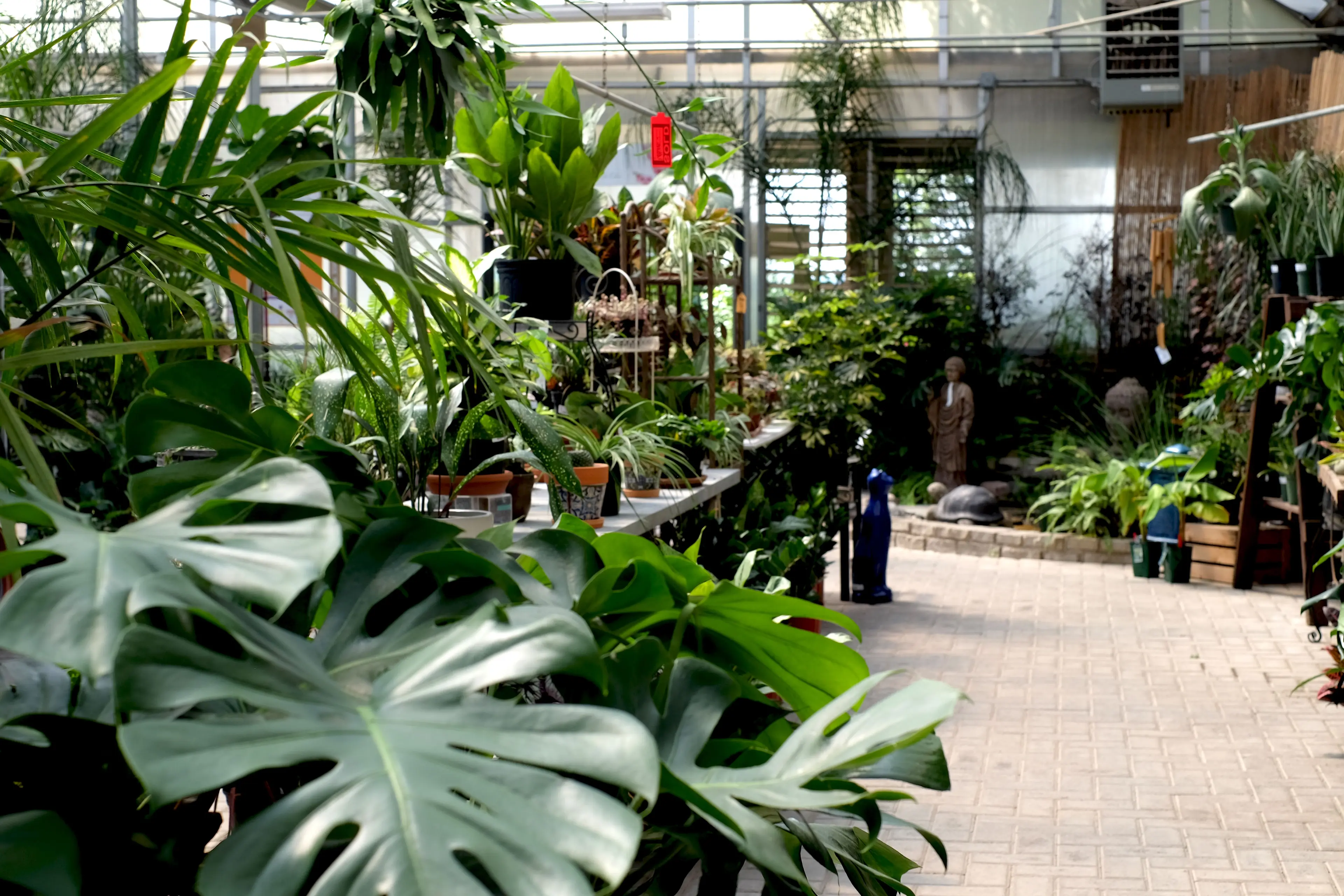

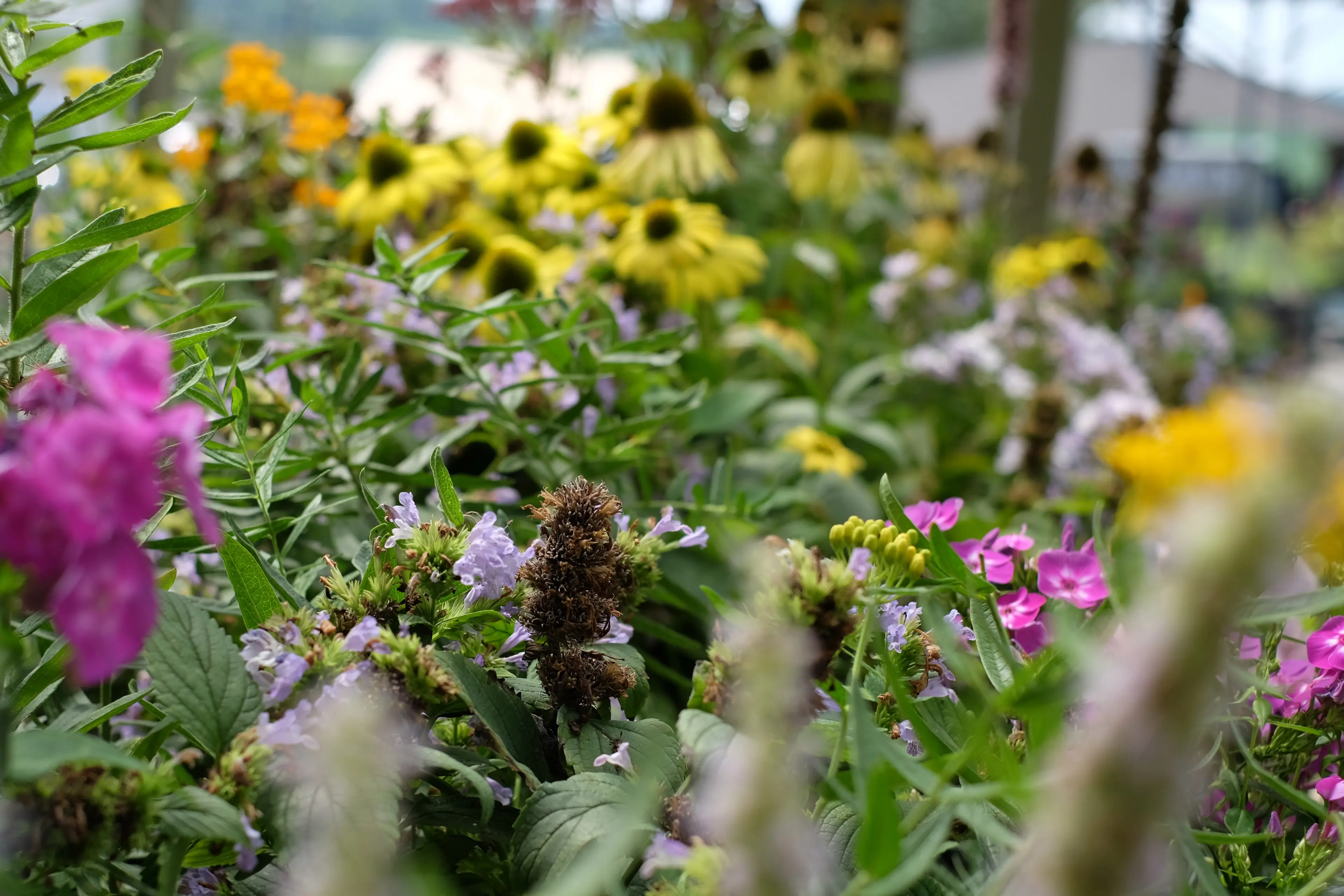

Maintenance
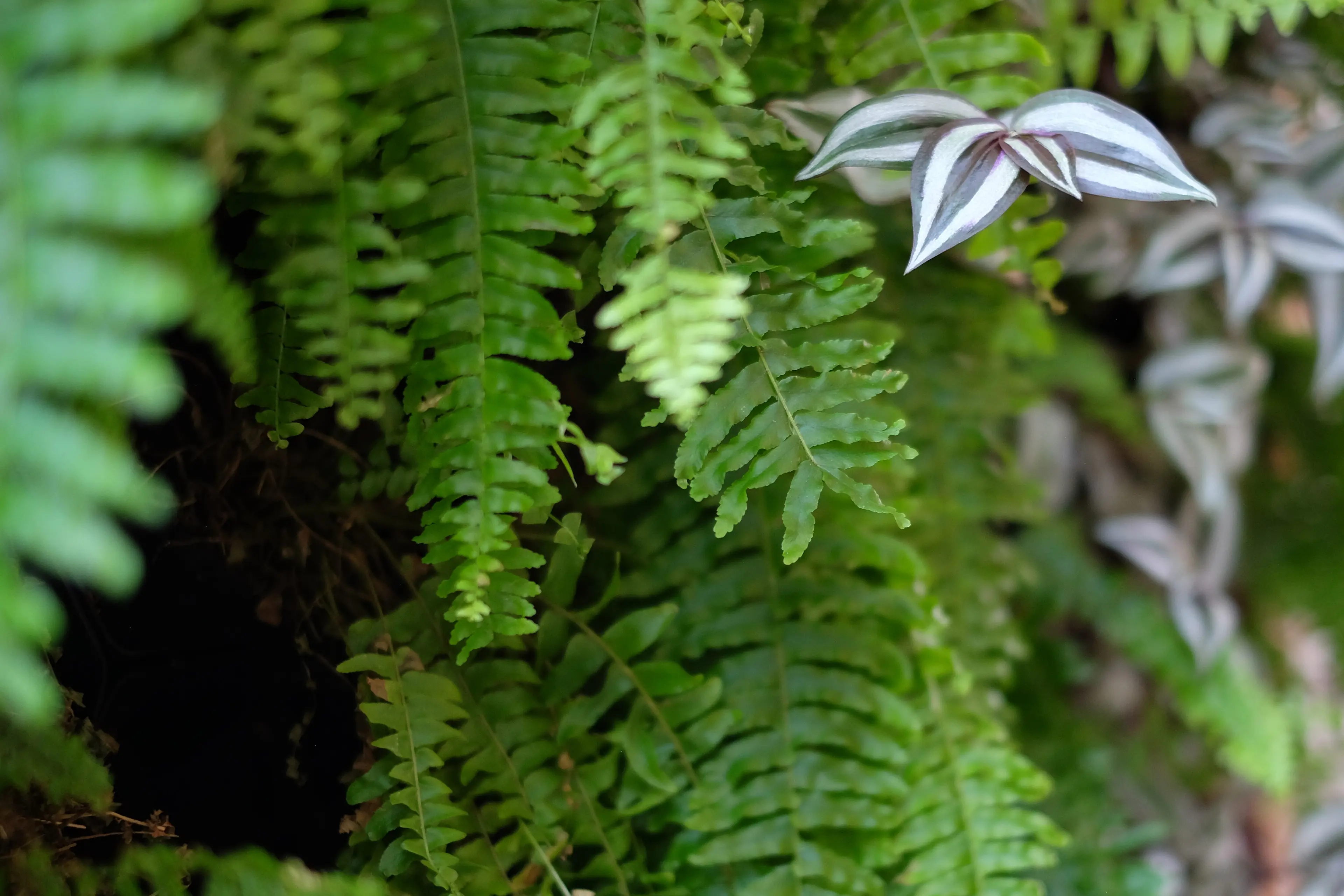
How to Maintain a Beautiful Landscape in Drought Conditions
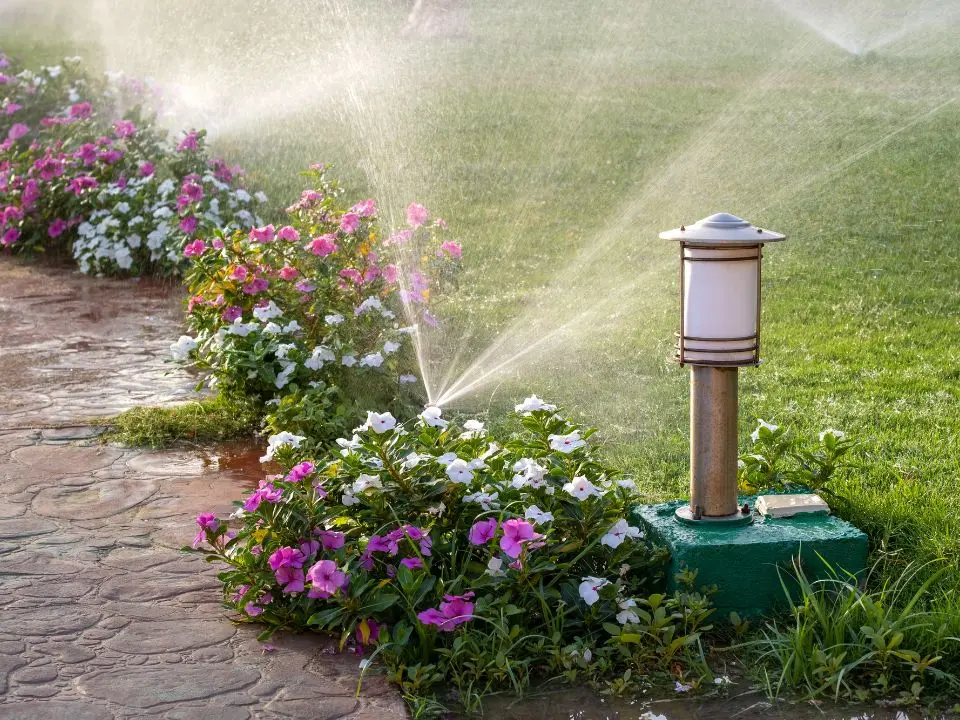
Landscaping under drought conditions is like playing a complicated game of chess. It's all about making the right moves at the right time and adapting to ever-changing conditions. Drought conditions require extra care and strategizing to maintain that beautiful landscape.
Maintaining a beautiful landscape in drought conditions is not only a challenge but also an opportunity. It provides a chance to implement innovative strategies that not only aid in water conservation but also elevate your landscape's resilience. I'd like to guide you through the essential tips and practices you can adopt to maintain a beautiful landscape even during severe drought conditions.
Drought stress on plants cannot be underestimated. Just like human beings, plants also suffer when they don't receive their vital sustenance – water. Drought stress in plants manifests in a myriad of ways, including wilting, scorching, color change, defoliation, and in severe cases, death.
Plants are living organisms that have some mechanisms to combat drought. When water becomes scarce, they tend to slow down or halt their growth and conserve the available water for survival. During drought, some perennials till their roots deeper into the soil to try and reach for more moisture. In this state, they're stressed and vulnerable, making them perfect targets for pests and diseases.
There's a direct correlation between drought and increased insect activity and damage. Under drought conditions, weakened plants emit distress signals in the form of specific chemicals. These signals attract insects, initiating a vicious cycle of plant stress and insect infestation. The stress weakens the plant's natural defenses, and the consequent insect infestation exacerbates the plant's condition. Plants infested with insects show signs of insect damage, insect larvae, and honeydew, and sometimes you may even find the insect culprit in the act.
Moreover, certain insects, such as beetles, thrive in dry conditions and can cause substantial damage to your landscape. Therefore, while dealing with drought, it's essential to implement an integrated pest management strategy. Integrated Pest Management (IPM) combines various strategies to keep pest numbers down. It involves monitoring for pests and identifying them accurately so appropriate control decisions can be made. This could mean altering the habitat to make it less conducive to pest buildup or using resistant varieties of plants. When pest populations reach a level where they may cause significant damage, additional control measures may be employed, such as the release of natural predators or the application of pesticides.
Strategies for Maintaining Beautiful Landscapes in Drought:
Choosing the right plants is half the battle won. It is best to select native or drought-tolerant plants that are adapted to survive under minimal water conditions. These plants have special characteristics like deep root systems, thick leaves, or reduced leaf areas that help them conserve water and withstand prolonged periods of dryness. Native plants are generally hardier and more durable than non-native landscape plants.
Adopting efficient watering techniques can help reduce water consumption while ensuring that plants get their required hydration. Drip irrigation, soaker hoses, and automatic irrigation systems ensure that water is delivered directly to the plant's roots, minimizing evaporation and runoff. Watering early in the morning or late in the evening when temperatures are cooler can also reduce evaporation. It is important to water slowly in a drought. The ground can become hard and not allow moisture to penetrate the crust that is formed. Additionally, it is important to check the soil for moisture. Dig down approximately 2-4 inches in an area near your landscape that will not damage any roots. If there is no moisture in that location, then those plants in that area are in desperate need of water.
Healthy, well-conditioned soil is crucial for water retention and plant health. Adding organic matter like compost or manure can significantly improve soil structure, increasing its water-holding capacity. Having adequate nutrients in the soil gives the plant the ability to retain more moisture in times of drought. In addition, mulching is an excellent technique for conserving soil moisture, controlling soil temperature, and deterring weed growth.
Regular monitoring of your landscape allows early detection of signs of plant stress or pest infestation. Remember, early intervention can save a plant's life and prevent the spread of pests. Pruning is also important as it helps remove the dead or infested parts of a plant, reducing stress and preventing the spread of pests and diseases.
While it may seem overwhelming, maintaining a beautiful landscape in drought conditions is achievable with patience, creativity, and consistency. It's about adapting to the conditions and making the best use of available resources. And remember, each step taken towards a sustainable, water-efficient landscape is a step towards a more resilient future for our planet.
It is essential to understand that drought conditions call for a shift in our gardening practices. By embracing drought-tolerant plants, optimizing irrigation, enriching our soil, and applying integrated pest management, we can not only sustain but also thrive in creating beautiful landscapes under challenging conditions. Let's turn this challenge into an opportunity for growth, learning, and transformation of our landscapes.